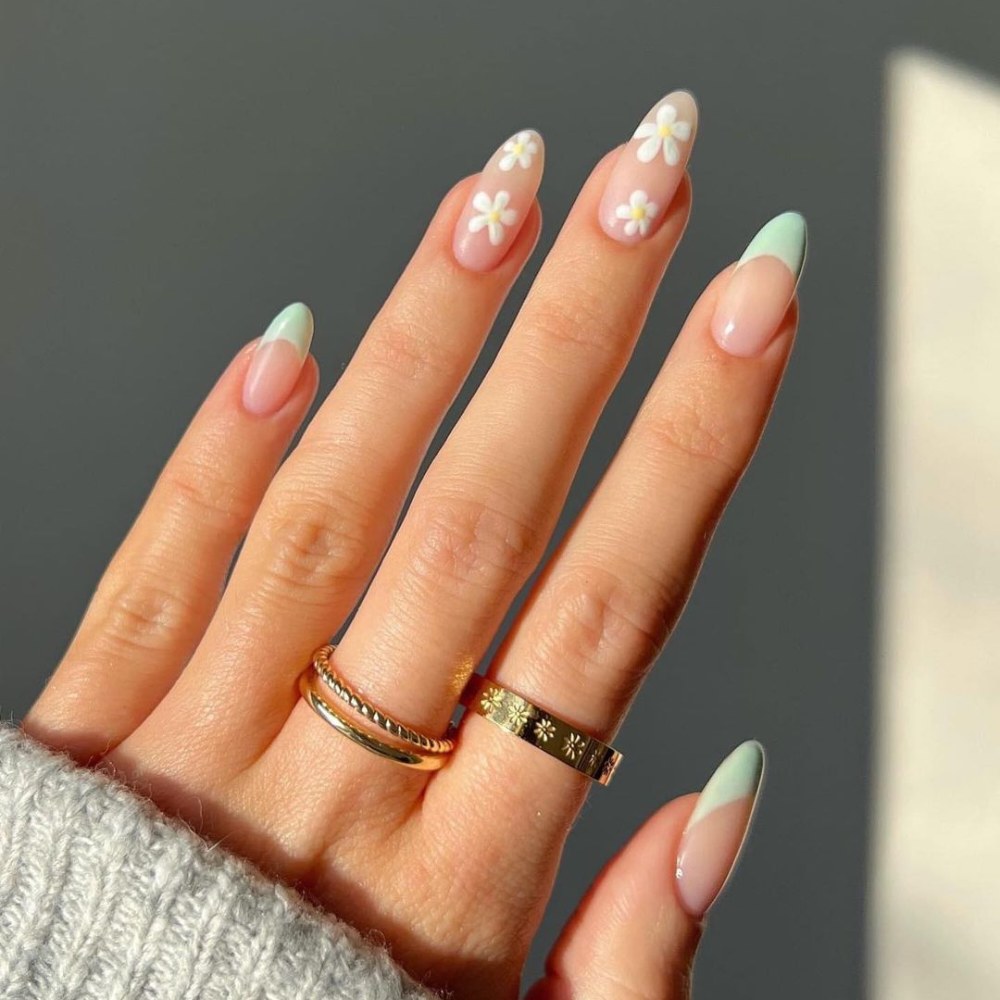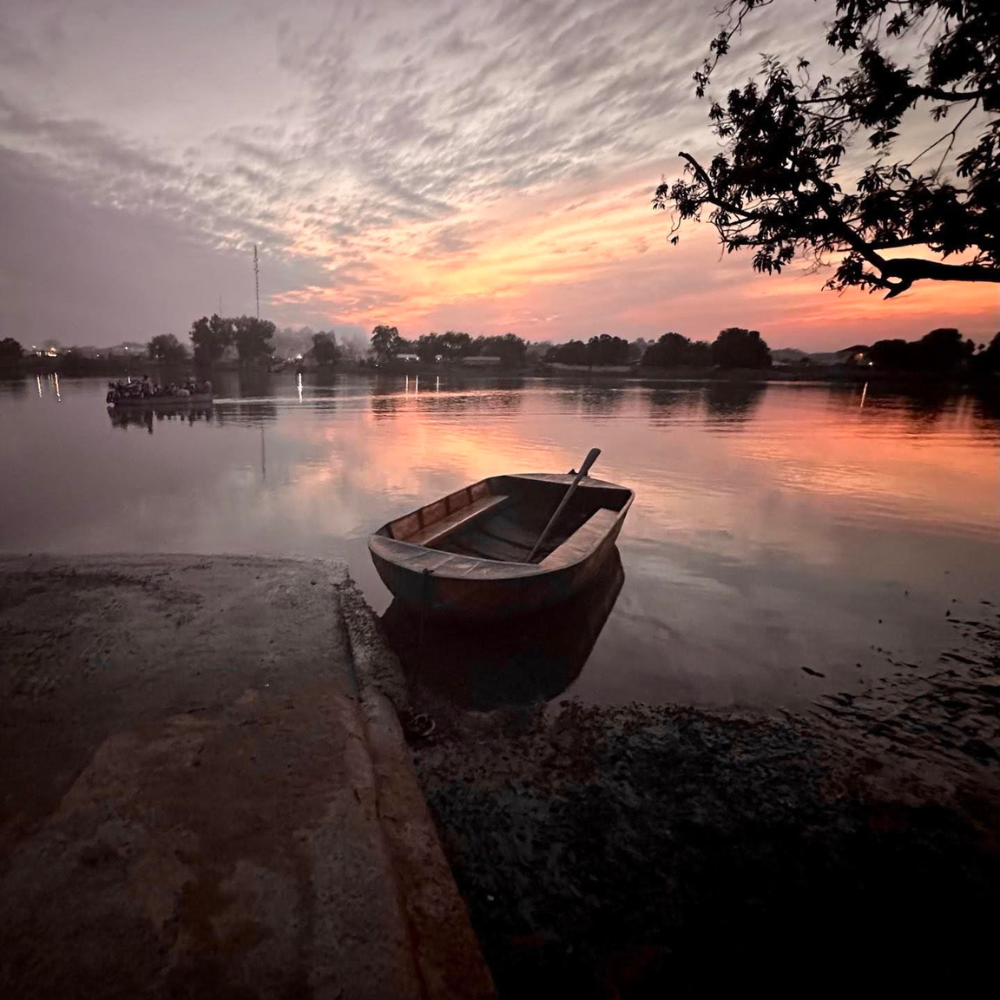
A writer fascinated by humanity and diversity. He is the…
Before you set out on your journey to the Gambia, be sure to take a look at the map of Africa. You’ll find off the West African coast, a small squiggly strip of land snaking its way in the midst of Senegal. That’s the Gambia. And it’s got the eponymous river Gambie running between it and Senegal. It’s a curious map, you’ll realize. Perhaps you’ll be impressed by the almost entirely landlocked country, saved by the sea.
You’ll soon realize that the Gambia is the smallest country in mainland Africa. But don’t be disappointed. What the country lacks in size, it makes up for in attractions and appeal. And do you remember Kunta Kinteh from Alex Haley’s classic autobiography, Roots: The Saga of an American Family, and its hugely popular screen adaptation, Roots? The Gambia is Kunta Kinteh’s homeland. No doubt, that should definitely tell you something about the rich importance of this country. Yes, a place where tourists from all over the world flock to see the home of Alex Haley’s famous ancestor shipped away during the slave trade, and to which Haley returned generations after, to trace his roots.
Check out 5 unique things you should do when you visit the Gambia…
#1. Explore the capital city of Banjul
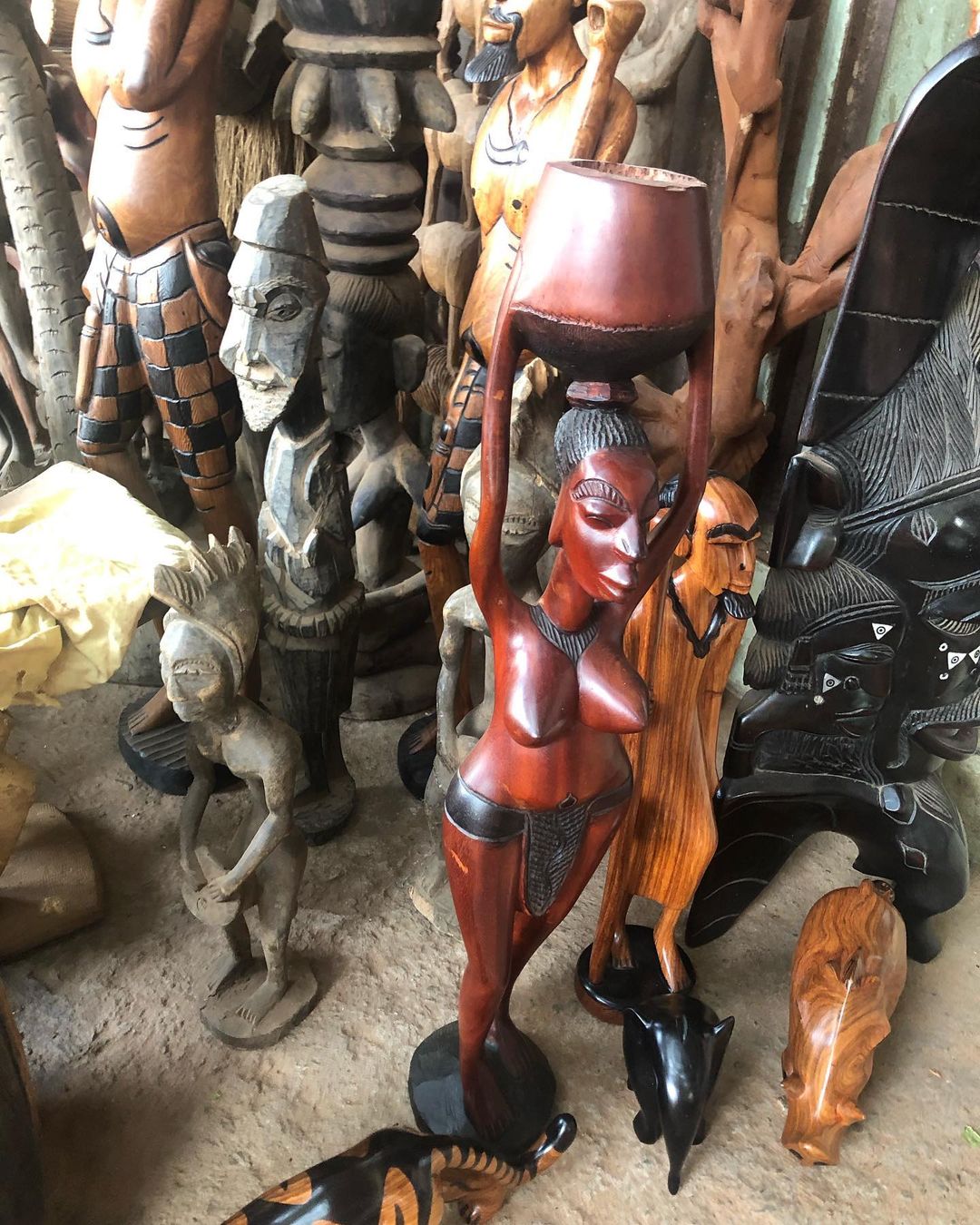
When you arrive in Banjul, which is along the coast, you should get a tour guide to take you around the city. It serves you well if you move around a bit to get a feel of the way of life here, see the monuments, and mingle with more locals. You’ll see and drive through Arch 22, an elegant historical landmark of which your guide might tell you, “It was built to mark a coup in 1994.”
Make sure to visit the seaside settlement of Bakau to explore its craft market. Tourists love to go there. The arts and crafts you’ll buy in the market will be your cherished objects of memory when you leave the Gambia. Feast your eyes on the magisterial creativity of Bakau Craft Market. You’ll love the exquisite big-eyed masks, masterful sculptures, delightful pottery, intricately woven baskets, colorfully-dyed fabrics, alluring jewelry, and so forth.
This offers you a pleasant experience of mingling with the locals, who, to your great delight, are as pleased to meet you as you are to snap up their art. It is okay to bargain with sellers. In most West African markets, there’s an art to bargaining. And a personal touch can make a big difference. Cajole the merchants for a cheaper price, if you will, but know when to shift ground.
#2. Discover the Katchikally crocodile pool
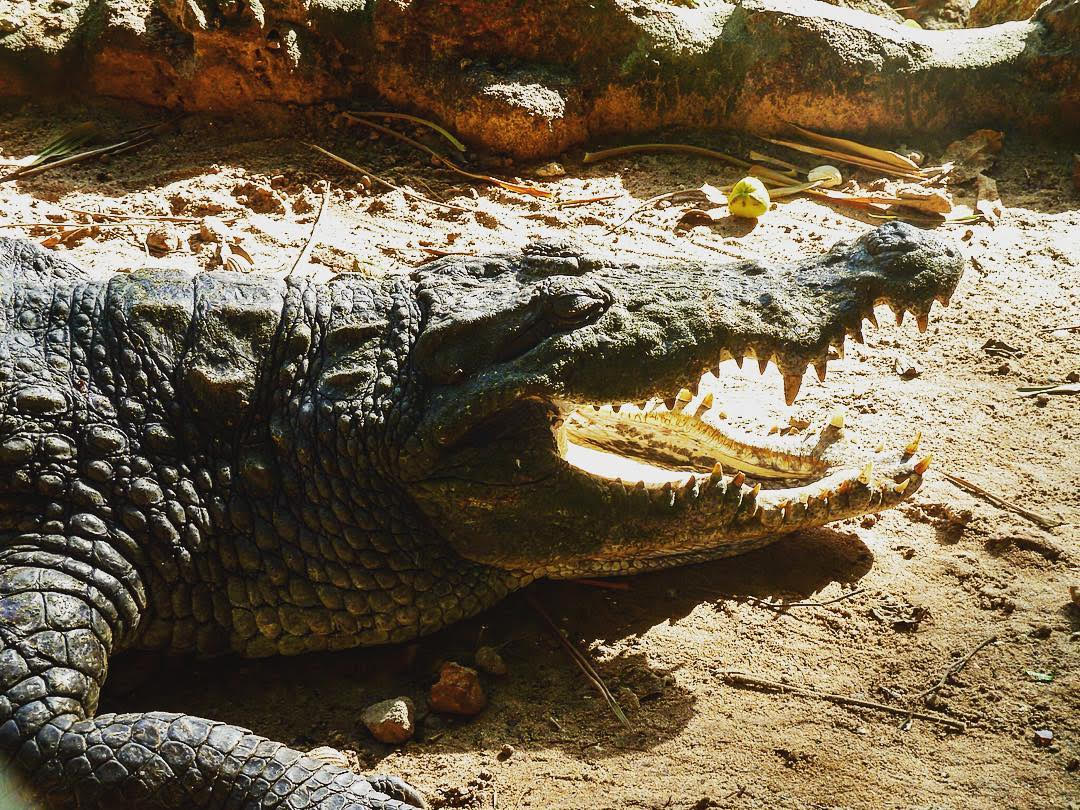
In the midst of the seaside settlement is a sacred forest to which locals have, for centuries, come to ask for favors and blessings. This forest provides a rich habitat for crocodiles. You’ll find dozens of crocodiles on the fringes of the sacred forest, basking in the sun. It could be a terrifying sight, so brace yourself for this. But it is a thrilling experience, and you’ll be grateful for Katchikally Crocodile Pool and lush forest, and the well-fed docile crocodiles thriving in it. Lots of tourists come here for a close-up picture of these creatures; some even pat them on the backs and tails. It’s a wondrous place. You won’t feel like leaving.
#3. Visit Kunta Kinteh Island
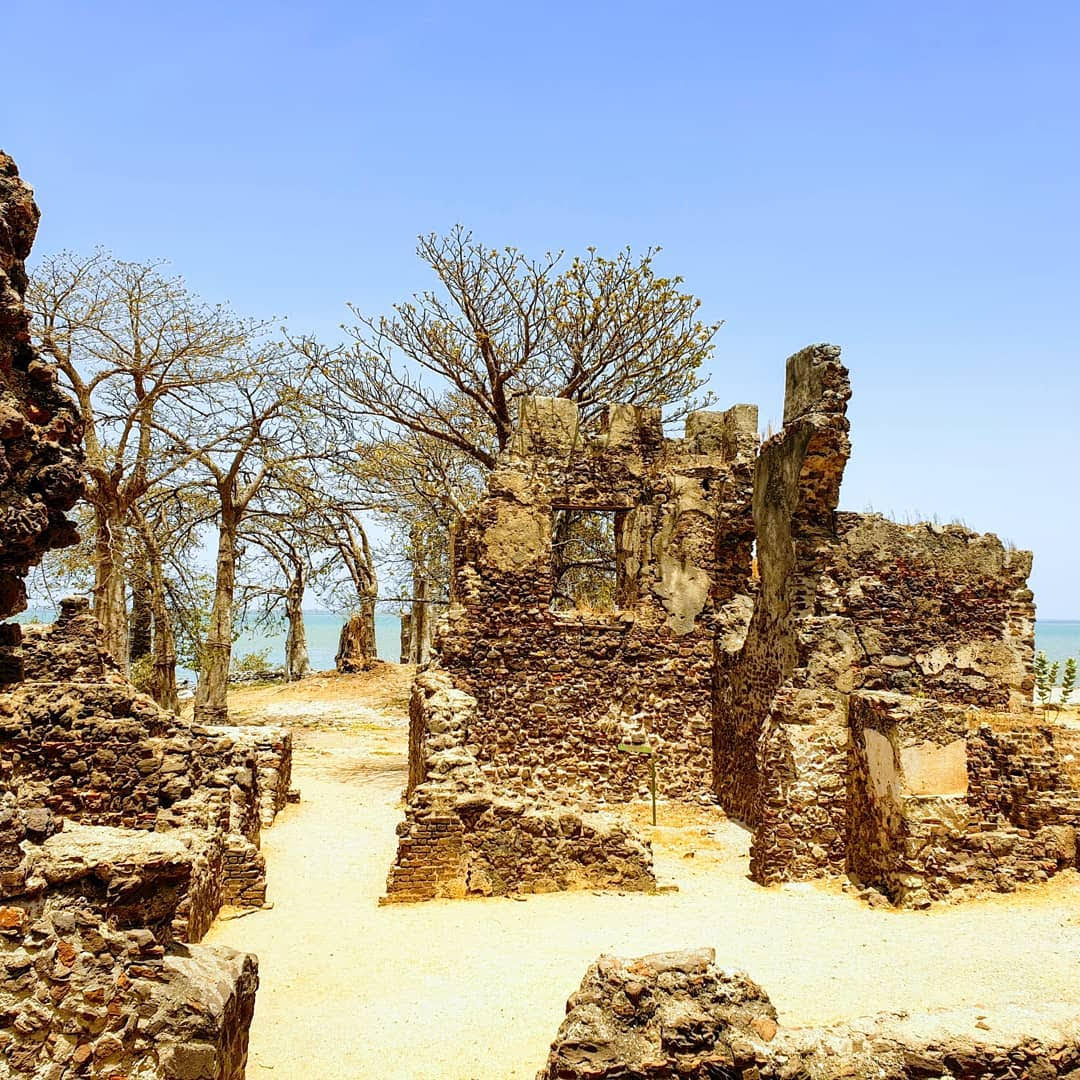
The River Gambia runs through the country, and a trip along the river is a great way of exploring the country. Board a cruise boat or pirogue, and cruise down the river to Kunta Kinteh Island. Formerly known as James Island, it is an island in the Gambia River, 19 miles from the mouth of the body of water. Your guide should tell you that the island, with its related sites, is a UNESCO World Heritage Site.
This site has been shrinking in size thanks to the ever-eroding powers of the river, but it still preserves some of the facilities that held slaves captive on this island before their horrendous journey at sea to the West. You won’t be surprised to see that nobody lives here. The place is littered with the ruins of a blighted era. But all is not bleak. The island’s related sites include the Six-Gun Battery and Fort Bullen located on both sides of the mouth of the river; they were built to fight the slave trade as soon as it became illegal in the British Empire on the passing of the Slave Trade Act in 1807. Your guide may wax lyrical on the ills of slavery; but wait until you hear that in 2011, the Gambian government renamed the island Kunta Kinteh Island, to give it a truly Gambian name. You’ll agree that no name better suits the island than Alex Haley’s ancestor’s name.
#4. Explore the town of Jufureh
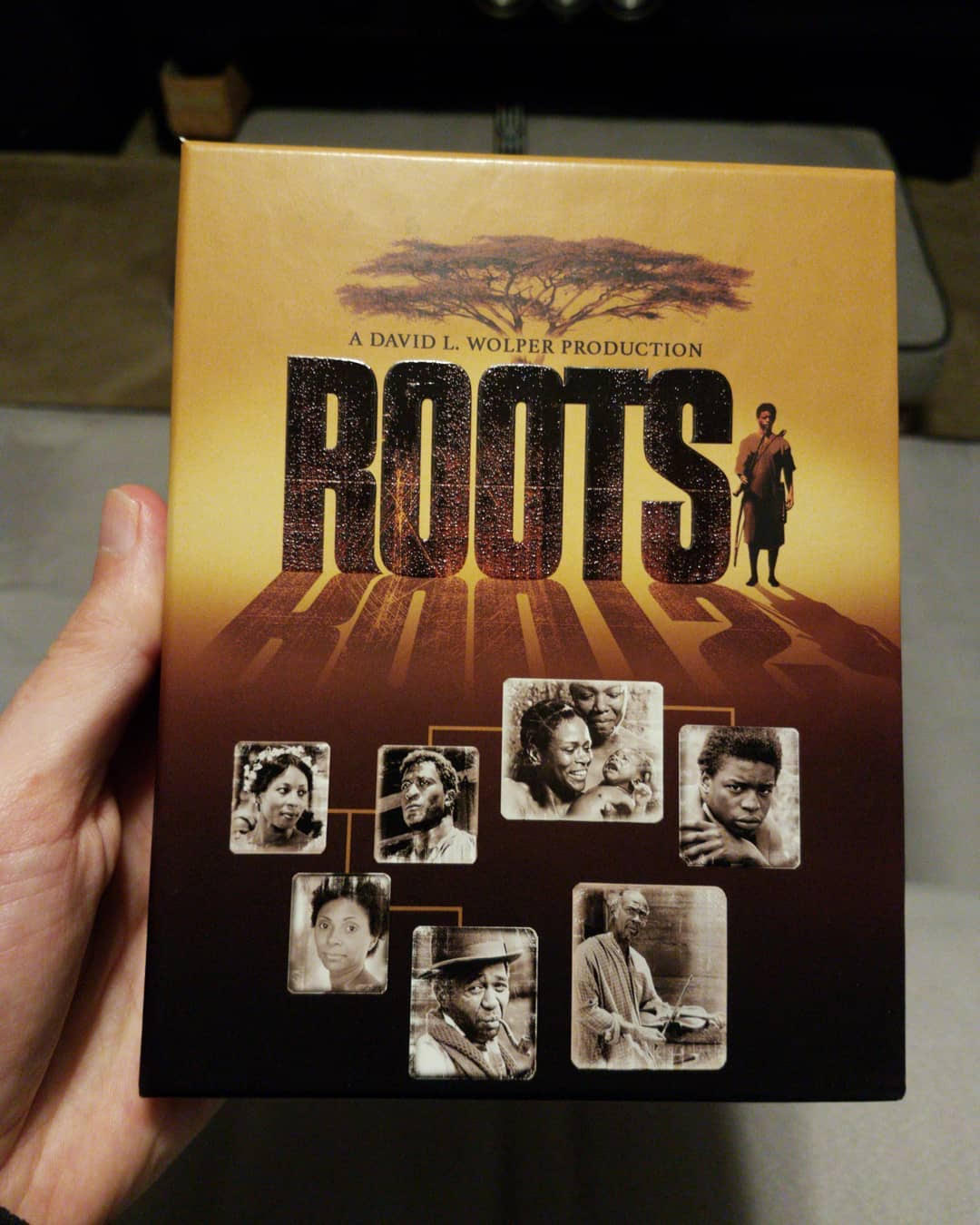
Since the publication of Haley’s autobiography, tourists have been drawn to the village of Jufureh, located near Kunta Kinteh Island, and described in Haley’s book as the birthplace of Kunta Kinteh. If you are a fan of Haley or Roots, you’ll find in Jufureh almost as much delight as you did reading Haley.
Here, you’ll discover a mosque and school — the Alex Haley Mosque and School Complex; it is situated where Haley, aided by research in genealogy, traced his ancestry to. It’s a pure delight to see how a book has brought tremendous progress to a real town written in it.
#5. Visit the sprawling town of Serekunda
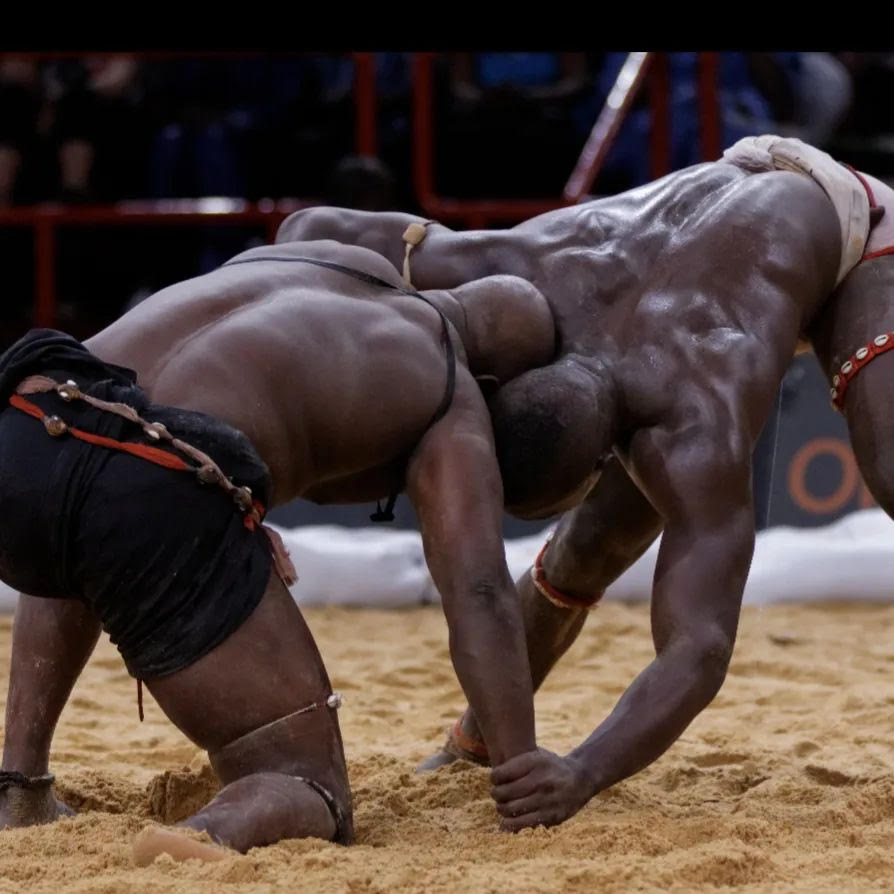
Serekunda is the Gambia’s largest town, and it is fitting and proper that you see it. It means “home of the Sayer family (Sayer Kunda),” named in memory of its 19th-century founder, Sayerr Jobe, a Wolof royal from Senegal. If you wish to get a feel of normal urban life in the Gambia, Serekunda offers you exactly that. You’ll find the town bursting with shops, old taxis, batik sellers, arts and crafts sellers, hawkers, and the like. It’s a bustling place with a slew of things to buy.
But perhaps you should head to the Serekunda West Mini Stadium to see traditional wrestling bouts. Wrestling is hugely popular in both Senegal and the Gambia. It’s such a thrill to experience this sport. Watch drummers beat their djembe drums and blow whistles before the fight begins. The wrestler who first throws his opponent on the ground wins. It’s a hugely electrifying atmosphere and a wonderful way to mingle with the locals. Hope your preferred wrestler wins.
Featured image: @lightfootfilm/Instagram
For the latest in fashion, lifestyle, and culture, follow us on Instagram @StyleRave_
This is a Style Rave original content exclusively created for our readers. If reproduced, distributed, transmitted, cached, or otherwise used by any other publishing house or blogs, such use should provide a direct link to this source article. Use of and/or registration on any portion of this site constitutes acceptance of our Terms & Conditions and Privacy Policy.
—Read also
A writer fascinated by humanity and diversity. He is the author of Do Not Say It’s Not Your Country.


